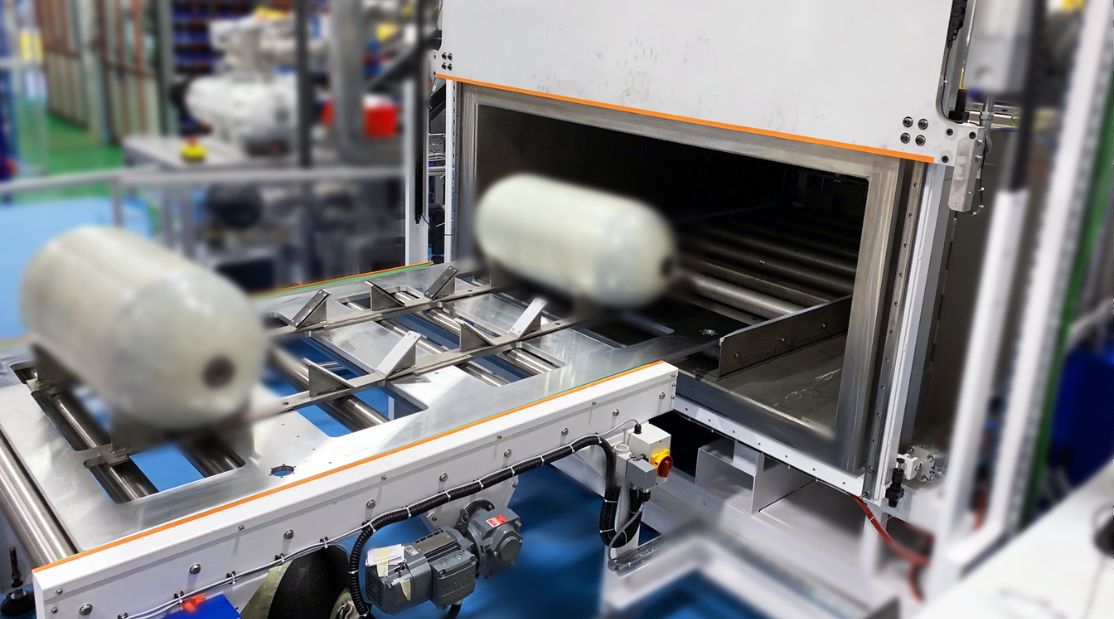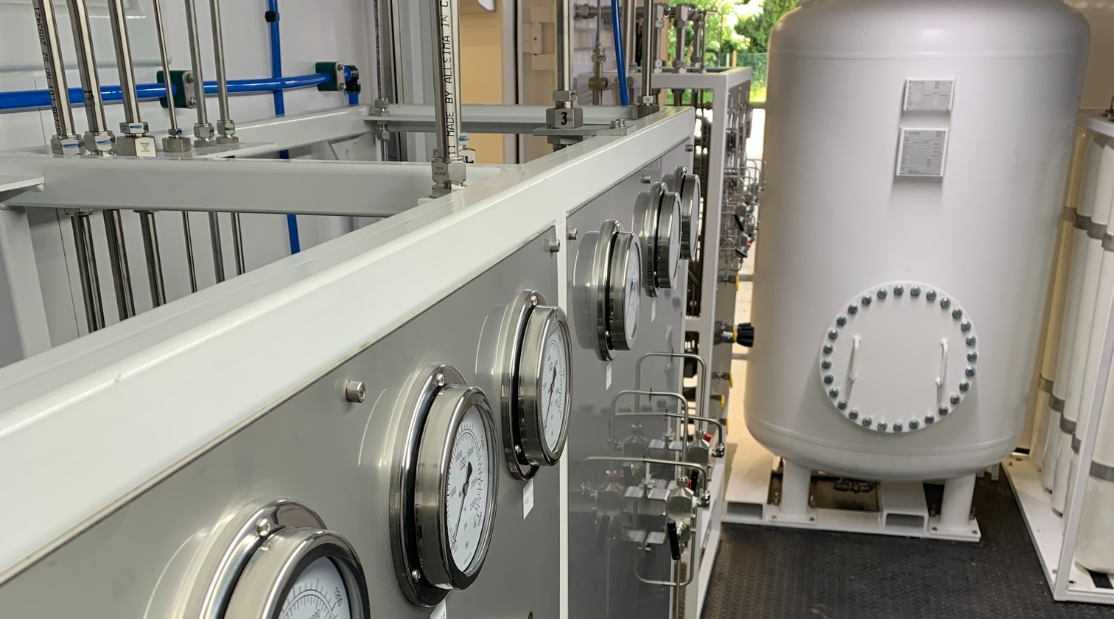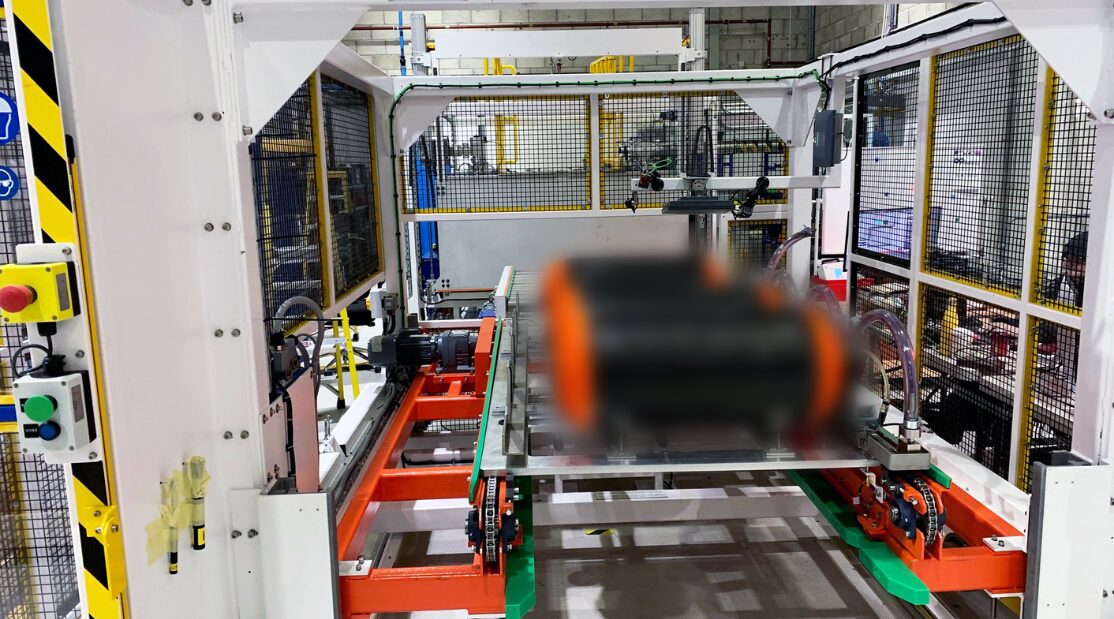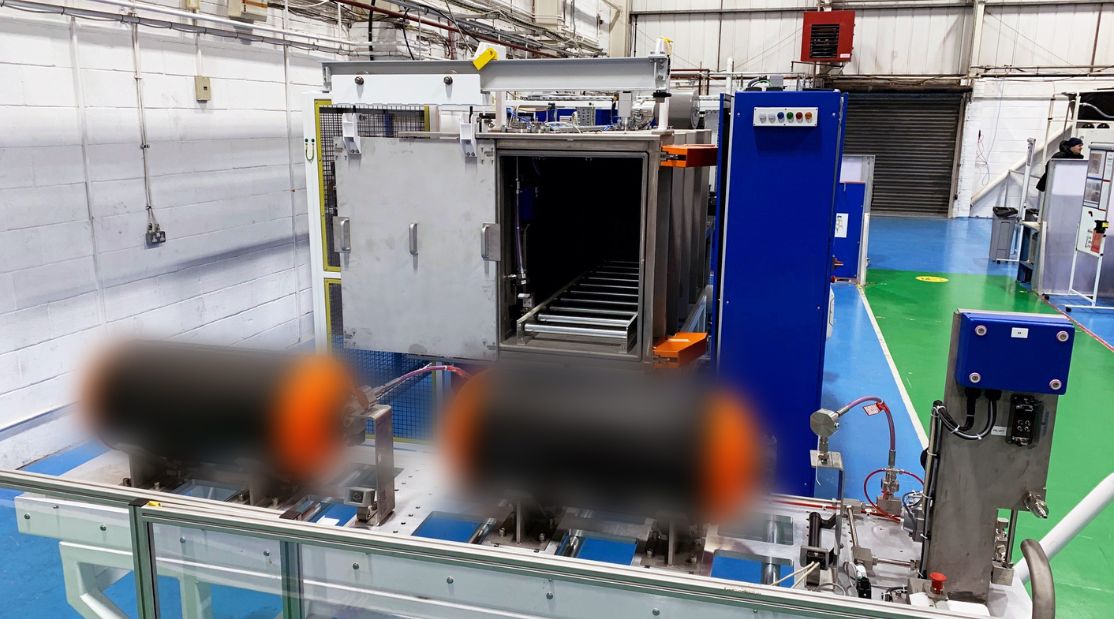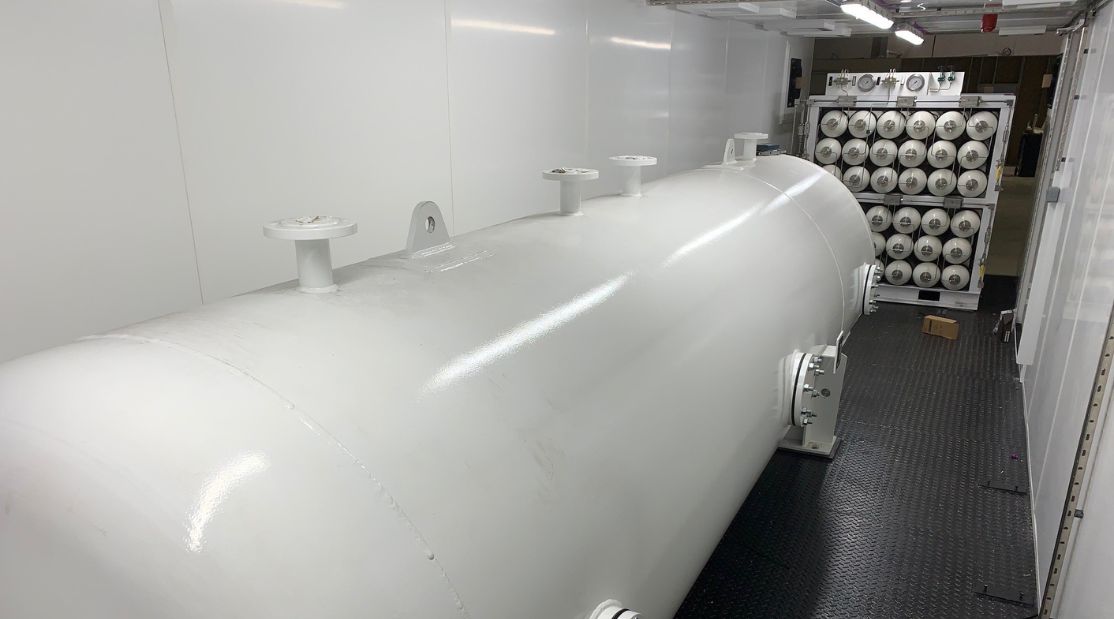As hydrogen-fueled vehicles (HFCVs) continue to gain traction in the push for sustainable energy solutions, ensuring the safety and reliability of hydrogen storage systems becomes essential. At VES, we specialise in providing comprehensive leak testing solutions that align with regulation R134. This regulation establishes uniform provisions concerning the approval of motor vehicles and their components, particularly focusing on the safety-related performance of hydrogen-fueled vehicles. In this article, we will explore best practices for navigating R134 standards to ensure the highest levels of safety and compliance in hydrogen storage, with a particular focus on leak testing.
Understanding the Scope of Regulation No. 134
Regulation No. 134 applies to three main components within hydrogen storage systems for hydrogen-fueled vehicles:
- Compressed Hydrogen Storage Systems (CHSS): These systems are designed to store hydrogen fuel and include the pressurised container, pressure relief devices (PRDs), and shut-off devices.
- Specific Components for CHSS: This includes components such as thermally-activated pressure relief devices (TPRDs), check valves, and automatic shut-off valves.
- Vehicle Fuel Systems Incorporating CHSS: This encompasses the entire fuel system within the vehicle, including all piping, joints, and other components in contact with hydrogen.
Key Definitions and Components
To effectively navigate R134 standards, it’s essential to understand the key definitions and components involved:
- Burst Disc: A non-reclosing device that bursts at a predetermined pressure to release hydrogen.
- Check Valve: A valve that prevents reverse flow in the vehicle fuel line.
- Compressed Hydrogen Storage System (CHSS): Consists of a pressurised container, PRDs, and shut-off devices.
- Thermally-Activated Pressure Relief Device (TPRD): A PRD activated by temperature to release hydrogen gas.
- Nominal Working Pressure (NWP): The typical operating pressure of the hydrogen storage system.
Approval Process
The approval process under Regulation No. 134 involves rigorous testing and validation. Manufacturers must submit their hydrogen storage systems or components to a technical service for testing. The tests ensure that the systems meet the safety requirements specified in the regulation. The approval process is divided into three parts:
- Part I – CHSS Approval: Testing for the safety performance of the entire hydrogen storage system.
- Part II – Specific Component Approval: Testing for individual components such as TPRDs, check valves, and shut-off valves.
- Part III – Vehicle Type Approval: Testing for the integration of the CHSS within the vehicle’s fuel system.
Best Practices for Compliance
- Comprehensive Leak Testing Compliance with R134 standards requires extensive leak testing to verify the integrity and safety of hydrogen storage systems. Key tests include:
- Baseline Initial Burst Pressure Test: Verifies the initial burst pressure of the storage containers.
- Pressure Cycle Life Test: Ensures containers can withstand repeated pressurisation cycles.
- Fire Performance Test: Assesses the system’s ability to safely release hydrogen in the event of a fire.
- Durability Testing Durability testing is essential to ensure long-term performance. This includes:
- Proof Pressure Test: Pressurising the container to 150% of NWP to verify its strength.
- Drop Test: Ensuring the container can withstand impact without leaking.
- Chemical Exposure and Temperature Cycling: Testing the system’s resistance to chemicals and extreme temperatures.
- Component Leak Testing Each component of the hydrogen storage system must be individually tested to ensure its performance and safety. For example:
- TPRD Testing: Includes pressure cycling, accelerated life tests, and temperature cycling.
- Check Valve and Shut-off Valve Testing: Includes hydrostatic strength, leak tests, and vibration tests.
- Proper Labelling Proper labelling of hydrogen storage containers and components is mandatory. Labels must include:
- Manufacturer’s name
- Serial number
- Date of manufacture
- Maximum Fuelling Pressure (MFP)
- Nominal Working Pressure (NWP)
- Date of removal from service
- In-Use Requirements In-use requirements ensure the safety of hydrogen storage systems during operation. Key aspects include:
- Overpressure Protection: Ensuring the low-pressure system is protected against overpressure.
- Hydrogen Discharge Systems: Proper venting of hydrogen gas to prevent accumulation in enclosed spaces.
- Post-Crash Integrity: Ensuring the system remains safe and intact after a vehicle crash.
Conformity of Production
To maintain compliance, manufacturers must adhere to conformity of production requirements. This involves regular inspections and batch testing to ensure that every produced unit meets the approved standards.
Ensuring Safety and Compliance in Hydrogen Storage Systems
We are committed to providing innovative and reliable leak testing solutions that ensure hydrogen storage systems meet these stringent safety requirements. By following best practices and maintaining strict testing protocols, we play a necessary role in advancing the safety and sustainability of hydrogen-fueled vehicles.
Leak testing is an essential component of the safety and compliance process for hydrogen storage systems. At VES New Energies, our leak testing solutions ensure that every component, from storage containers to check valves, meets the highest standards of leak integrity. Our advanced techniques, including the use of helium and forming gas, provide accurate and reliable detection of leaks, ensuring the long-term safety and performance of hydrogen storage systems.
Achieving R134 Compliance Through Comprehensive Leak Testing
By prioritising comprehensive leak testing, manufacturers can achieve and maintain compliance with R134 standards, ensuring the safety and reliability of hydrogen storage systems. VES New Energies is dedicated to supporting this mission with leak testing solutions tailored to the unique demands of hydrogen storage.
Contact us today to learn how our expertise can help ensure the highest levels of safety and compliance for hydrogen high-pressure vessels.
